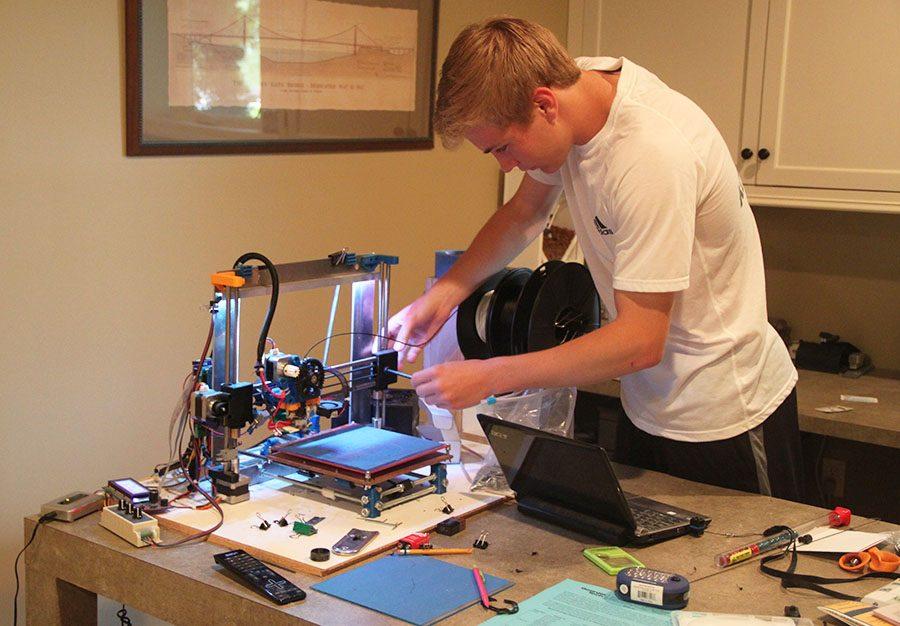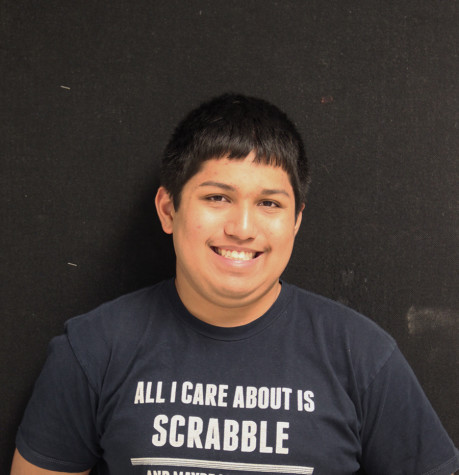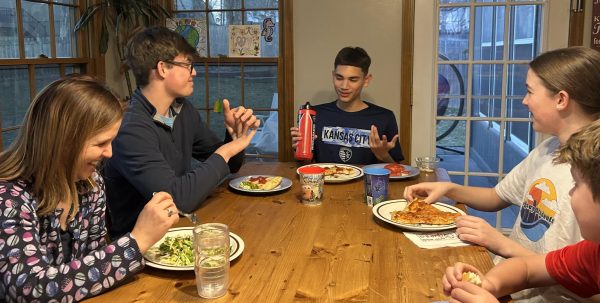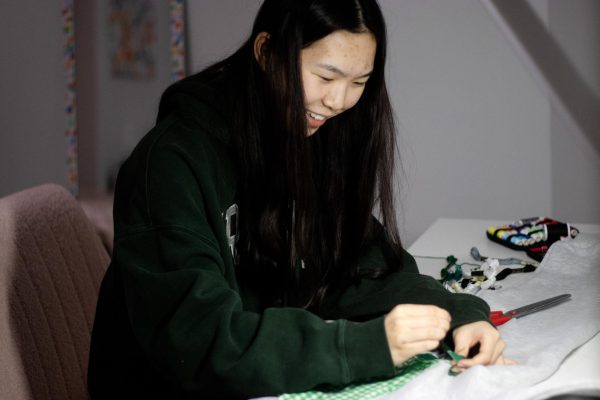Gadget guys
Seniors James and Jonathan Lowe have spent the last three years designing machines and gadgets entirely from their own programming and designs.
Surrounded by hundreds of various parts and gadgets, seniors James and Jonathan Lowe plan projects that involve precise construction of every piece. On top of assembling every part into its proper place, the brothers must code everything to make the parts work in unison. This month-long process has evolved into a long-term hobby, resulting in the completion of machines such as racing drones and a working 3-D printer.
The initial interest for constructing things started when the brothers’ father, Doug Lowe, allowed them to help out with various projects, such as building tree houses. He then bought James a kit to build a 3-D printer, and the brothers began their first big project. Doug said the main purpose was to provide hands-on experience with self-driven projects that were comparable to those found in a typical summer enrichment program. From there, Doug left the brothers alone to face the problems as they came in order to let them learn from experience.
“It was fine for me to let them fail,” Doug said. “There were a couple of burnt out components, and we had to go buy new ones. It costed me an extra $20, but that’s a lesson right there.”
After gaining a foundation of knowledge over programming and design, the brothers pursued separate paths for finding freelance projects that could occupy their time. Doug said that this separation stemmed from the brothers’ competitive nature. According to James, many of their ideas came from online forums in which other builders discussed ideas and problems. During his sophomore year, James finished building the 3-D printer, which has been used to produce parts for other projects.
“The premise of a [3-D] printer is that it uses 3-D printed parts in order to make itself, so you can print more printers with that printer,” James said.
Jonathan took a later start to building, using James’ 3-D printer to create parts for a CNC router, which cuts shapes from materials such as wood or metal by using G-codes, which are positions in a three-axis plane.
The process starts by gathering various parts from shops or by manually designing parts using computer software programs such as Autodesk Inventor. After the parts arrive, they may go through a modification process, since store-bought parts tend to work in only a linear motion. By redesigning the part’s G-code, the final product will be more accurate, as far as to one-one-hundredth of an inch.
“I had to do a lot of research on what parts I needed to order, because there’s no instructions that you can follow; you just have to order the parts and wire them together,” James said.
For the CNC router, Jonathan said he took more of a cost-benefit approach by balancing the effectiveness of a cheap part compared to its more expensive counterpart.
“I made [the router] from parts you can find at a hardware store,” Jonathan said. “Instead of using high-precision linear rods that can cost hundreds of dollars, I just used pipes and ball bearings.”
Since the kit and its other parts were purchased during a time of high prices, Doug said the printer costed roughly $400 to build. The CNC router was designed without many schematics to go off of, so the total cost amounted to around $500.
According to James, the biggest disadvantage of a manually-constructed printer over a premade one is that the premade models are more user-friendly; once a model has been provided for the printer to follow, it will do all the work on its own without any necessary calibration. However, disadvantages can arise with relying entirely on the machine to do the work.
“You can’t add things on and improve [products] even more; they’re fixed,” James said. “That’s for people who know more what they’re doing. If something happens, you can’t just call customer support. You have to figure it out on your own.”
The printer was later used to create a racing drone, which travels at speeds of up to 70 mph. A camera is attached so that its position can be monitored from ground level. While it is not used for competitive racing, James said that he enjoys flying it around and putting himself in its position.
“Line of sight is a lot different than flying with a camera,” James said. “You actually have to visualize yourself on [the drone] so that you don’t hit anything…. Your distance off the ground can also be hard to judge. You just have to practice on a simulator if you want to save yourself lots of money from damages.”
The designing process takes patience and resilience, since mistakes are inevitable with fragile parts and no clear schematic. For James, the trial and error aspect of each project is what keeps them interesting, on top of the levels of creativity required to build something essentially from scratch.
“If I ever have any idea or creation I want to make, my favorite thing is that you can just go to your computer and design something,” James said. “When you see it flat on the screen, it’s one thing. But when you actually print it out and see it, you can see how you designed every part of it, and it’s a great feeling of satisfaction.”
Redoing projects is an ever-increasing possibility, since the prices of parts and machines depreciate over time.
“Parts in general are getting a lot cheaper and affordable,” James said. “That makes [building] more feasible for other people to do it…. Technology is also getting better, so you can make [machines] faster and lighter.”
While James plans to keep the design process as a hobby, Jonathan hopes to study mechanical engineering in his future education.
“Eventually, I want to become a research and developmental engineer,” Jonathan said. “Essentially, you’re the head of a company. That’s where I want to end up.”














